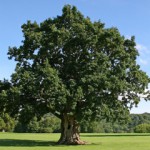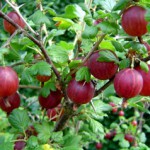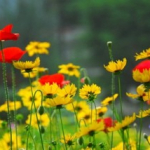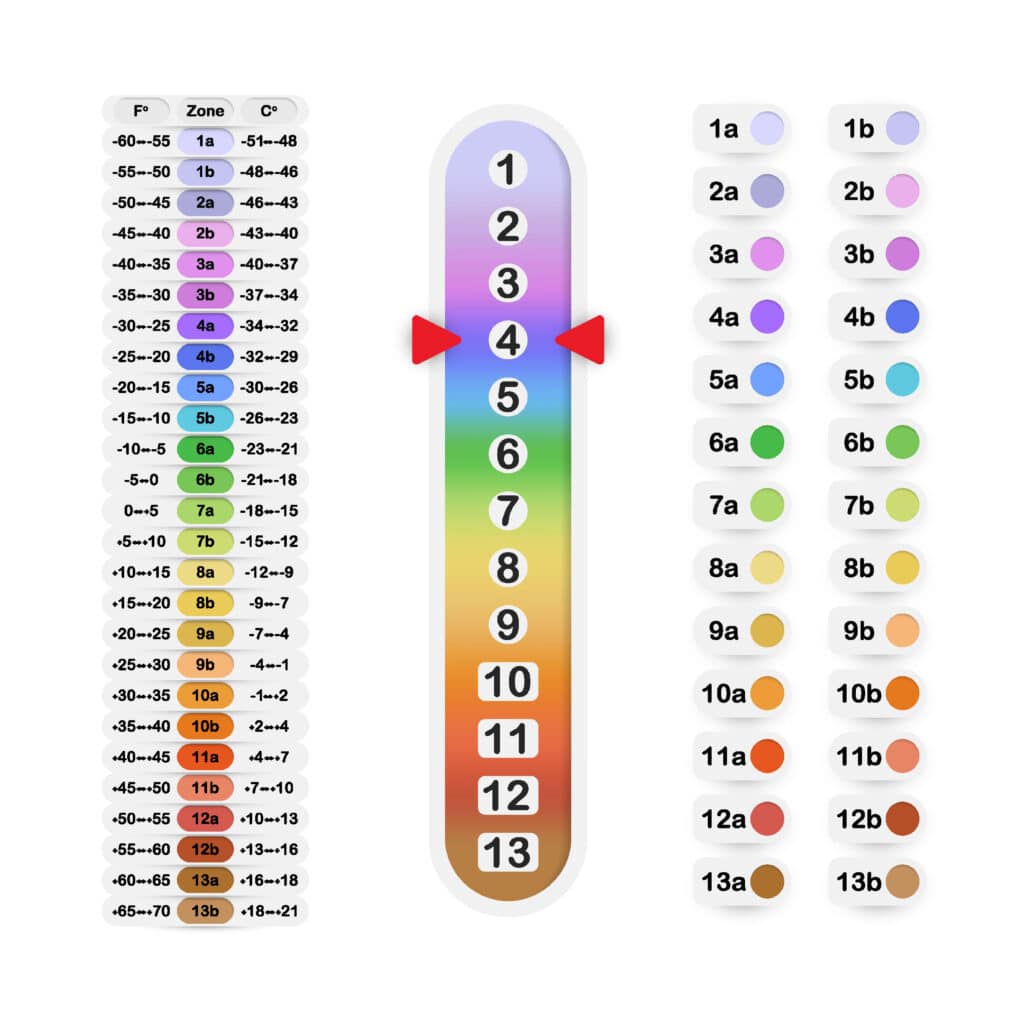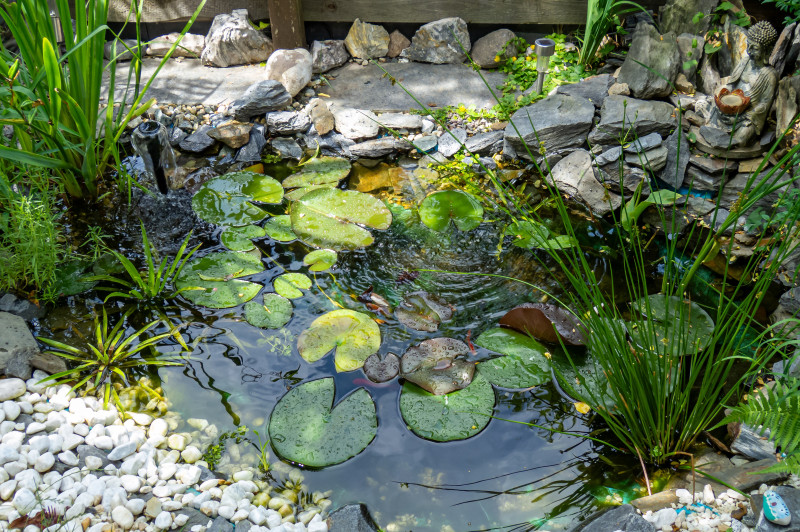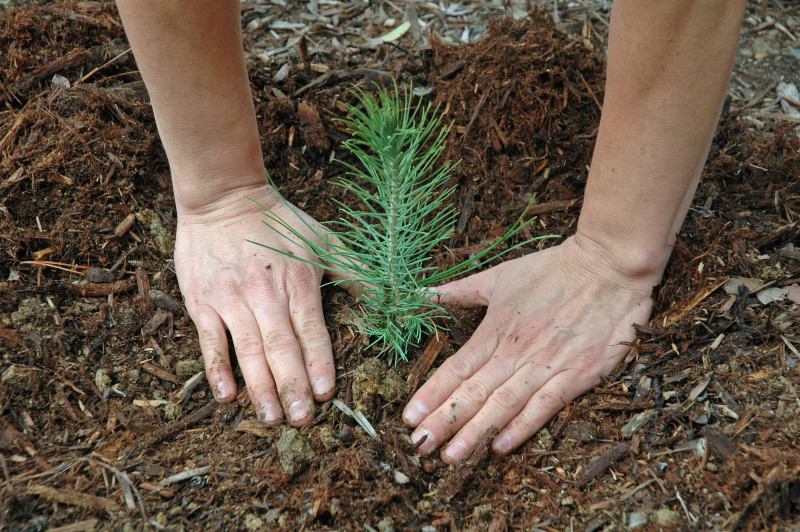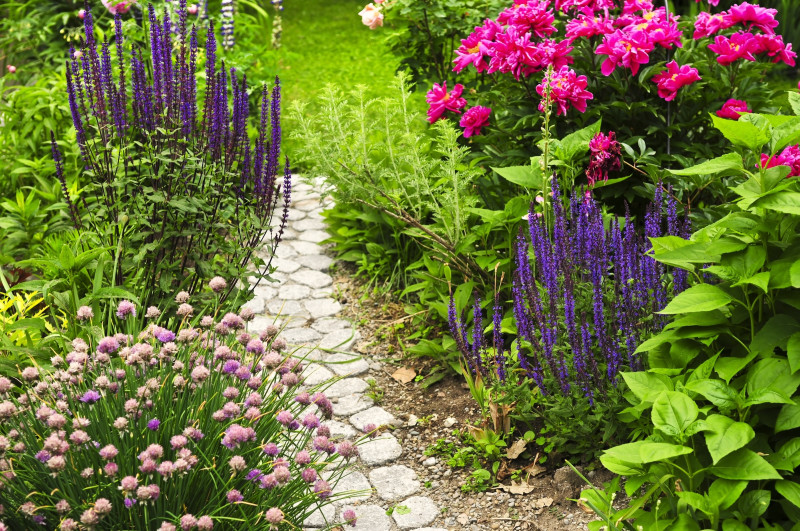Click images to see plant lists
Nothing draws wildlife like a yard filled with plants they like. Whether you’re developing a backyard woodland, prairie, wetland, or meadow, the basics are the same: add plants that provide food, shelter, and nesting places. Don’t go shopping, though, before you have a plan and know the answers to the following:
Usefulness
Will the plant provide something valuable for wildlife?
Sun and shade
The tags on plants indicate their best growing conditions, including the amount of sunlight they require: Full sun is six to eight hours of sun. Part shade is two to six hours of sun. Full shade is less than two hours of sun. On a sunny day, evaluate what parts of your property stay in the sun, in the shade, or get a little of both,
Soil moisture and type
Some plants like it dryish or even tolerate drought once they’re established. Others need varying amounts of water, from moist to boggy. There are relatively tolerant ones and those with specific soil and moisture requirements. So pay attention to the moisture requirements shown on plant tags.
Do you know whether your soil is loamy, sandy, clay, or rocky? Loam is best for most plants. You can improve poor soil by adding compost, peat moss, and other organic matter. If you aren’t sure what kind of soil you have, shovel down a few inches into your yard and collect a small sample. Your local full-service garden center can probably answer your question. If not, send the sample to your state or local cooperative extension office. For a nominal fee, they might also test it and make recommendations for any needed amendments.
Activity level
Some plants are fragile, and a playful dog or child can easily leave them in tatters. So plan to put delicate species where they’ll be protected.
Seasonal variety
Plant different varieties, so there’s always something blooming or producing food.
Hardiness zones
The US Department of Agriculture categorizes plants into hardiness zones of 5-degree increments. They range from Zone 1, which borders Canada and has the coldest temperatures, to the border of Mexico, Zone 11, the warmest. Two additional zones, 12 and 13, apply only to Hawaii and Puerto Rico but can be used as a guide for house plants in any zone.
Each zone is based on the lowest temperature expected each year and serves as a guide to selecting suitable plants for your locale. They’re only a general guide, however, and local microclimates can allow seemingly unsuitable plants to survive. Garden centers will sometimes stock those plants, too. Microclimates are formed by hills, valleys, pavement, airflow, extremes of heat and cold, and sunlight. Your local county extension service can be invaluable regarding any microclimate you might live in and which plants will or will not do well there.
Most plant identification tags will have a hardiness zone printed on them, such as “Zones 5–8.” However, sometimes tags don’t express a range and, instead, will say something like “to Zone 5.” That means the plant is hardy in Zone 5 and all the warmer zones below it.
Native plants
Use native plants. They’re hardier than most cultivars, more pest-resistant, and require less water and fertilizer. They’re also preferred by wildlife.
You can recognize a cultivar because it will have an extra word or two in its name. For instance, the Latin name for the Purple Coneflower is Echinacea purpurea. Cultivars of this species (and there are many) will have a third part to their name, such as Echinacea purpurea ‘Magnus’ or ‘White Swan,’ which will be denoted without italics and within single quotation marks. Here’s a good page to read about native vs. cultivar vs. variety.
Planting on a budget
Discount stores, hardware stores, and others now often carry a large stock of plants at lower prices, sometimes even native varieties. Farmers’ markets often have sellers who offer native plants you can’t find elsewhere locally. Look for sales, shop online, join an online garden group that shares plants or cuttings, and look for local groups that do the same thing.
Beware!
Don’t buy plants with tags indicating they are insect resistant—they’re poisonous to insects.
More reading:
16 spring-flowering perennials for wildlife
33 plants guaranteed to attract butterflies
In your yard: add these special trees for wildlife


